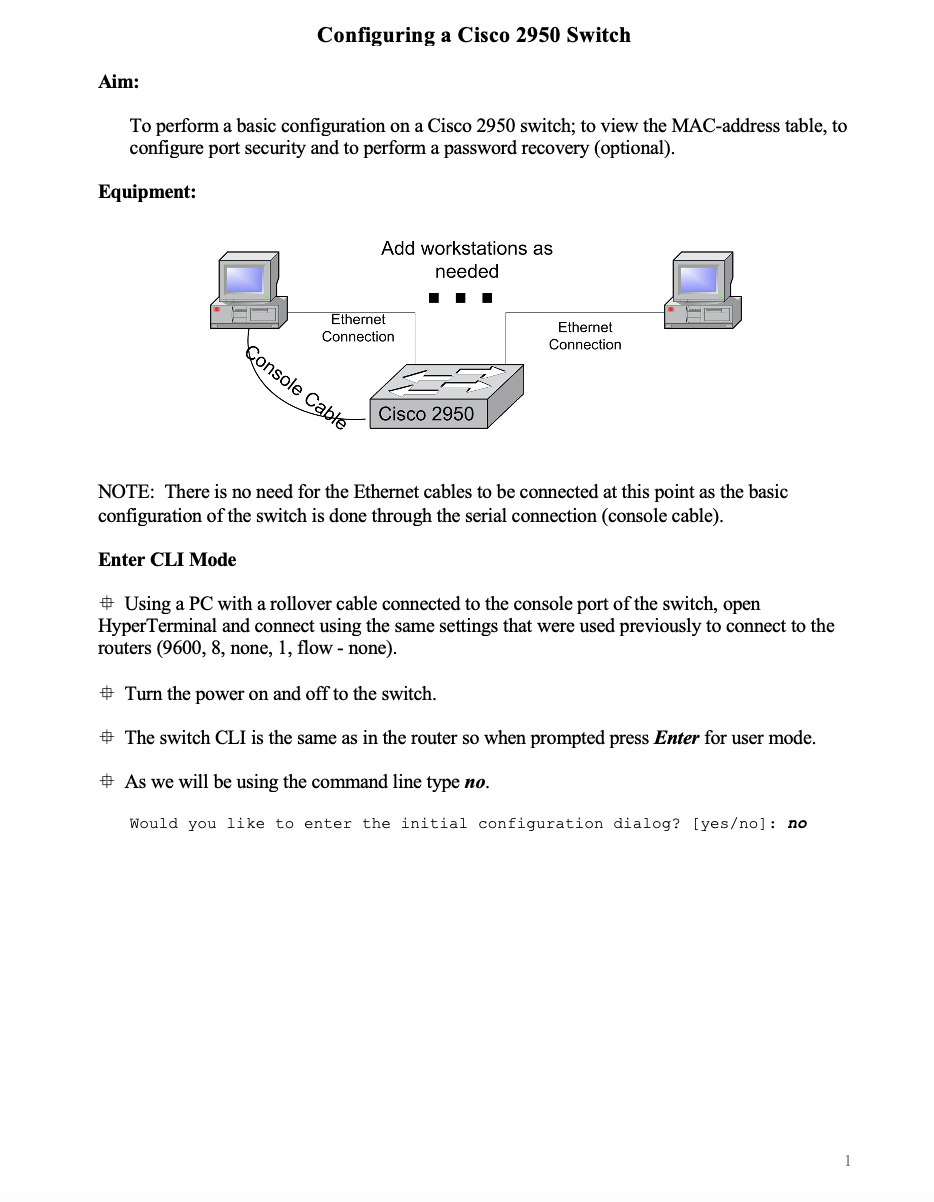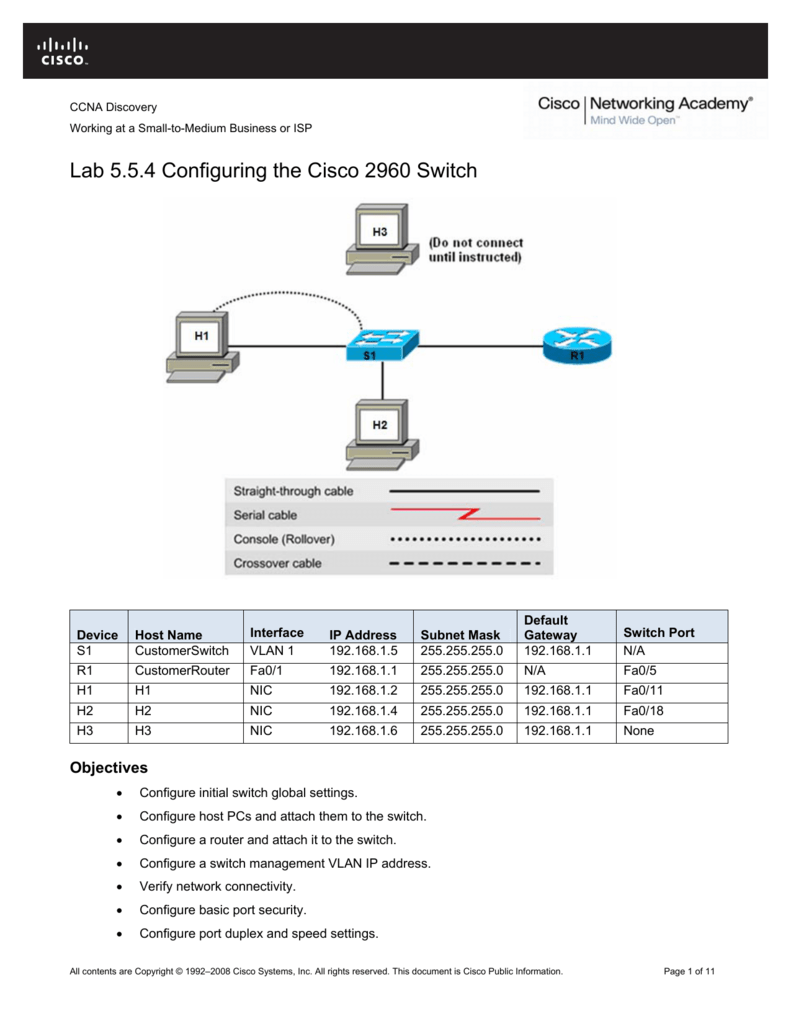

If both the sc0 and me1 interfaces are unconfigured (IP address 0.0.0.0), the me1 interface is brought down to allow the switch to broadcast requests on the sc0 interface. For more information about the CONFIG_FILE environment variable, see Chapter 32, "Modifying the Switch Boot Configuration." Note If the CONFIG_FILE environment variable is set, all configuration files are processed before the switch determines whether to broadcast DHCP and RARP requests. DHCP and RARP requests are only broadcast out the sc0 interface. This address is the default for a new switch or a switch whose configuration file has been cleared using the clear config all command. The switch makes DHCP and RARP requests only if the sc0 interface IP address is set to 0.0.0.0 when the switch boots up.

These sections describe how the switch can obtain its IP configuration automatically: Understanding How Automatic IP Configuration Works

Non-equal subnets are not allowed (for example, sc0 with IP address 10.1.1.1 and subnet mask 255.0.0.0 and me1 with IP address 10.1.1.2 and subnet mask 255.255.255.0). You are not asked to confirm the change, and no console messages or traps are generated in this case.ĭuplicate IP addresses and equal subnets are allowed on the sc0 and me1 interfaces if one of the interfaces is configured down. Note When the switch boots with the IP address 0.0.0.0 configured on both the sc0 and me1 interfaces, the me1 interface is automatically brought down by the switch software. However, when the switch boots with the IP address 0.0.0.0 configured on both the sc0 and me1 interfaces, the me1 interface is brought down to allow BOOTP and RARP requests to broadcast out the sc0 interface.
CISCO 2950 SWITCH DEFAULT IP ADDRESS SOFTWARE
In most cases, the switch software brings down the sc0 interface after you confirm the change. Therefore, when you enter a command that causes sc0 and me1 to have the same IP address or occupy the same subnet, the switch software brings one of the interfaces down. The switch IP routing table is used to forward traffic originating on the switch only, not for forwarding traffic sent by devices that are connected to the switch.īecause sc0 and me1 are two distinct interfaces, they potentially can have duplicate IP addresses or overlapping subnets. For intersubnetwork communication to occur, you must configure at least one default gateway for the sc0 or me1 interface. When you configure the SLIP (sl0) interface, you can open a point-to-point connection to the switch through the console port from a workstation.Īll IP traffic that is generated by the switch (for example, a Telnet session that is opened from the switch to a host) is forwarded according to the entries in the switch IP routing table. When you configure the IP address, subnet mask, and broadcast address (and when you configure VLAN membership on the sc0 interface) of the sc0 or me1 interface, you can access the switch through Telnet or SNMP. The out-of-band management interfaces (me1 and sl0) are not connected to the switching fabric and do not participate in any of these functions. The in-band (sc0) management interface is connected to the switching fabric and participates in all of the functions of a normal switch port, such as spanning tree, Cisco Discovery Protocol (CDP), and VLAN membership. The Catalyst 4500 series, the Catalyst 2948G, Catalyst 2948G-GE-TX, and the Catalyst 2980G switches have three management interfaces: Renewing and Releasing a DHCP-Assigned IP Address Understanding How the Switch Management Interfaces Work.



 0 kommentar(er)
0 kommentar(er)
